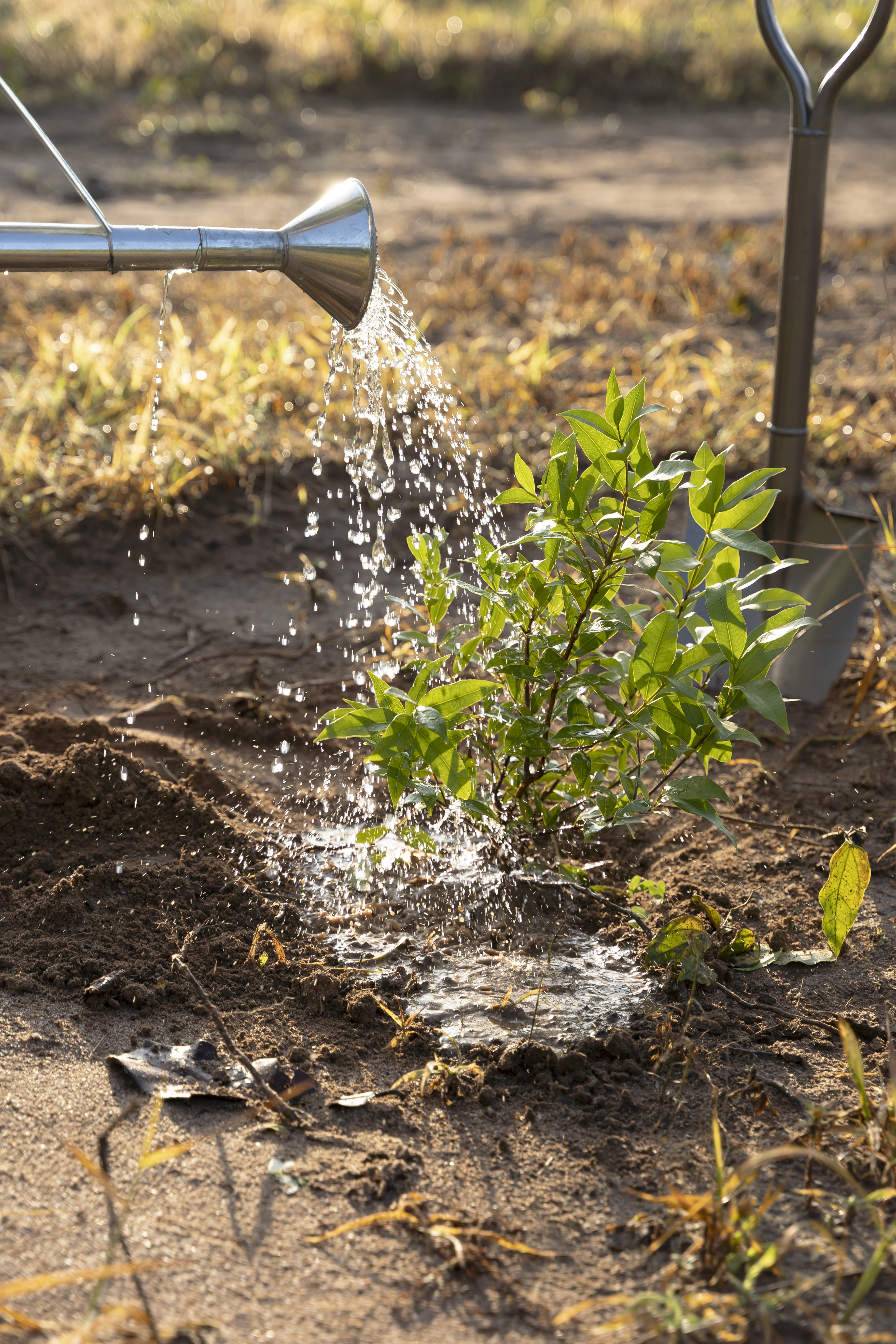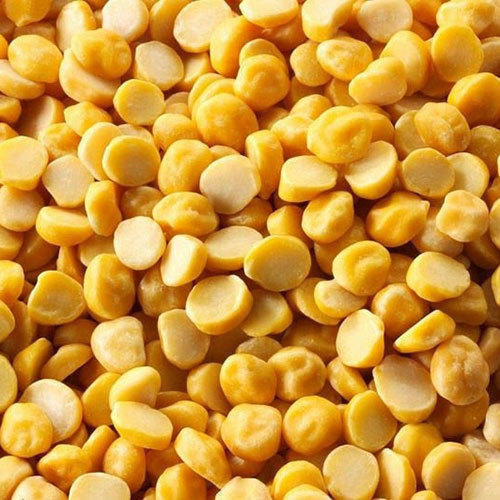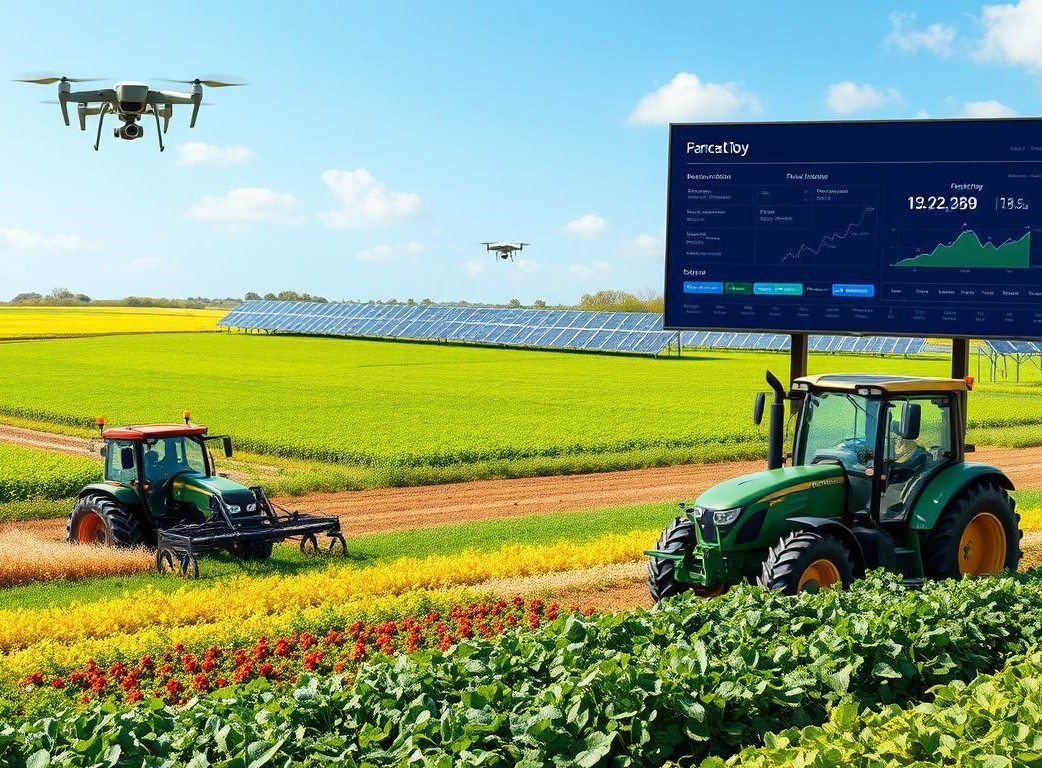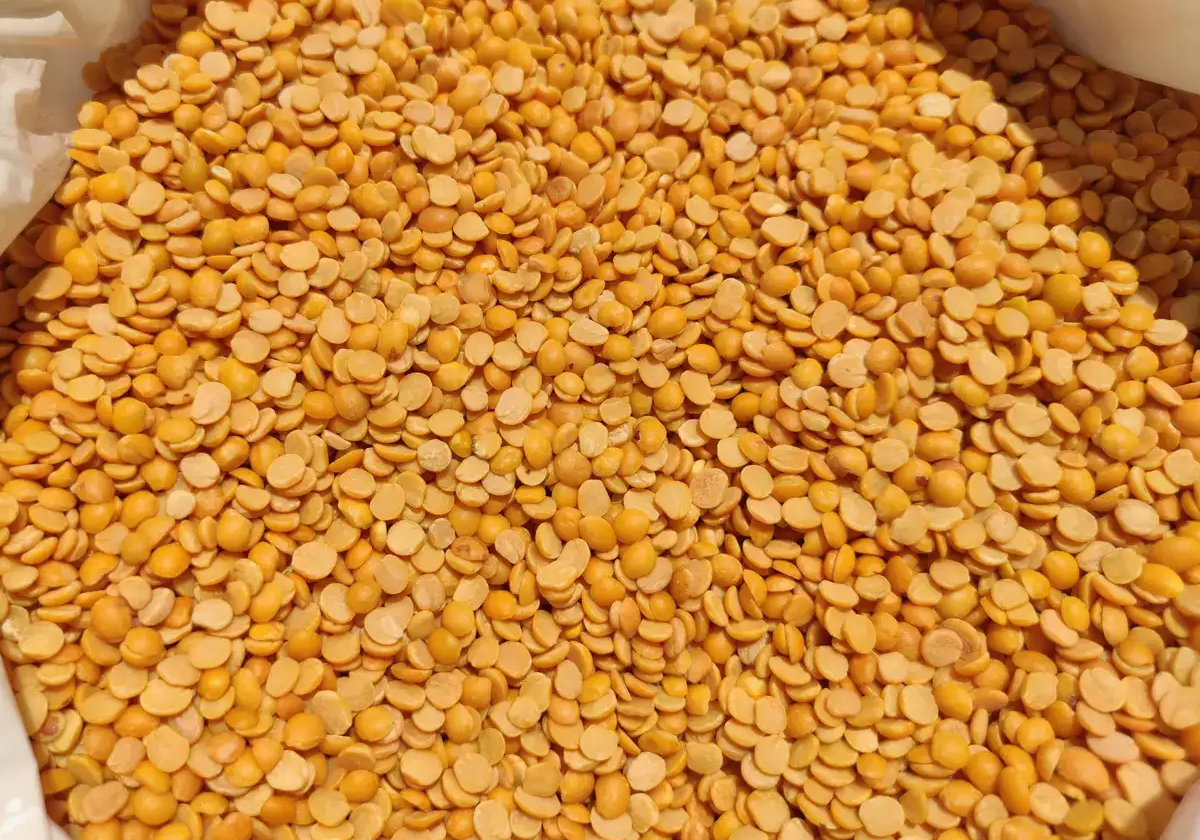Water is the backbone of Indian agriculture, yet many farmers—especially smallholders—face acute water shortages due to erratic monsoons and depleting groundwater. According to the (ICAR), approximately 55% of India’s net sown area is rainfed. With climate change intensifying rainfall variability, the need for affordable water conservation methods has never been greater. Among the most viable solutions is rainwater harvesting, a simple yet powerful way to store and manage rainwater for year-round use.
India rainwater harvesting market was valued at USD 263 Mn in 2024 and is expected to reach USD 378 Mn by 2030 with a CAGR of 6.10% This growth is driven by increased awareness, government incentives, and the urgent need for sustainable water management in agriculture. For small farmers, adopting low-cost rainwater harvesting techniques can not only enhance crop yields but also reduce dependence on expensive irrigation infrastructure.
What is rainwater harvesting?
Rainwater harvesting involves collecting and storing rainwater for future use. It can be done using rooftops, open fields, or other catchment areas, and the stored water is used for irrigation, livestock, or household needs. Unlike borewell or canal water, rainwater is free, uncontaminated, and more suited for sustainable farming practices.
Low-cost rainwater harvesting ideas for small farmers
- Farm ponds (digging recharge pits or tanks): Farm ponds are shallow depressions dug in fields to collect and store rainwater. They can be constructed with simple tools and lined with plastic sheets to reduce seepage. Depending on the farm size, a pond of 30m x 30m x 2m can store up to 1.8 lakh litres of water.
- Contour bunding and trenches: On sloped land, constructing contour bunds helps slow down water runoff, allowing more rainwater to seep into the ground. Small trenches dug along the contour lines further improve absorption.
- Roof rainwater harvesting for households and sheds: Many small farmers have tin-roofed houses or sheds. By installing gutters and a small storage tank, rainwater can be harvested for kitchen gardens, livestock, or even household use.
- Bamboo pipe water conveyance: In regions with hilly terrain or forested areas (like the Northeast), hollow bamboo pipes are used to channel rainwater from higher elevations to fields below.
- Reuse of old wells or borewells: Unused or dry wells can be repurposed as rainwater recharge structures. Rainwater runoff from fields or rooftops can be directed to these wells through filter chambers to replenish groundwater levels.
Government schemes for rainwater harvesting
Several government schemes support the adoption of rainwater harvesting techniques. Under PMKSY (Pradhan Mantri Krishi Sinchayee Yojana), subsidies are provided for constructing farm ponds and other micro-irrigation systems. Additionally, MGNREGA funds are often used in rural areas for water conservation structures, including bunds and trenches.
As of 2024,702 Jal Shakti Kendras have been established and 617 District Water Conservation Plans have been prepared by the districts across the country, according to the Press Information Bureau.
Importance of rainwater conservation in India
India’s agricultural system is largely dependent on the monsoon, which is both seasonal and unpredictable in nature. Even though India receives ≅ 75% rainfall every year, farmers face long dry spells and limited access to reliable irrigation sources in many regions. Rainwater harvesting provides a practical solution by capturing and storing rainwater during the monsoon for use throughout the year.
It supports farming in rainfed areas, improves soil moisture, reduces dependency on groundwater, and helps manage water during times of scarcity. Additionally, rainwater is naturally soft and free of harmful chemicals, making it ideal for crops. Embracing rainwater harvesting can significantly boost agricultural productivity, build climate resilience, and ensure water security for millions of smallholder farmers across the country.
agribazaar: Supporting rainwater harvesting & water-efficient farming
At agribazaar, we believe in strengthening farmer resilience through smart and sustainable solutions. Our Agribhumi platform provides geo-tagged land insights and soil health data, enabling farmers to identify suitable areas for farm ponds and bunding. We also assist FPOs and smallholders in availing credit for water conservation projects through our financing partners.
Additionally, through AgriKnow, we provide guidance for rainwater harvesting planning, helping farmers implement region-specific solutions with minimal cost. Agribazaar offers weather forecasting tools with irrigation planning, ensuring water is used judiciously throughout the crop cycle.
Conclusion
For India’s 100 million+ small and marginal farmers, the adoption of low-cost rainwater harvesting methods is no longer optional—it is essential for long-term sustainability and climate resilience. By using simple tools and leveraging local materials, farmers can create water-secure farms that thrive even under uncertain monsoons. Corporate companies with the government, offering the right mix of insights, support, and financing, can make the journey toward water-smart farming more achievable than ever.








 Connect With Us
Connect With Us